Often the best sites for biodiversity are difficult to get to, but I was reminded of the splendor of some sites right under our noses today when I decided to take my lunch break in Belfast Harbour Estate.
This is where I work: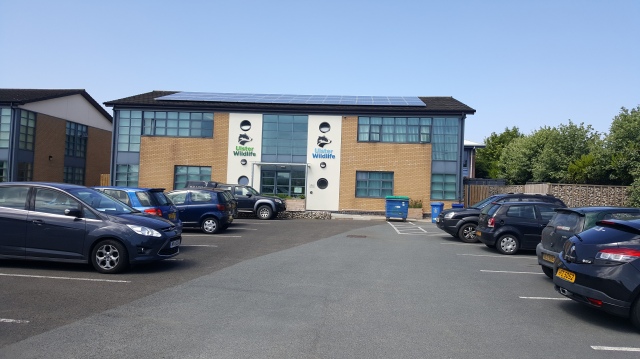
It’s an industrial estate on the shores of Belfast Lough, grey, lots of ornamental plants, dominated by heavy and commercial industry – that type of a place.
I thought for day 3 of “30 days wild” I would try one of the brownfield sites around the corner from our HQ.I wasn’t sure what sort of place I would stumble upon but what an oasis for wildlife (and me) it proved to be.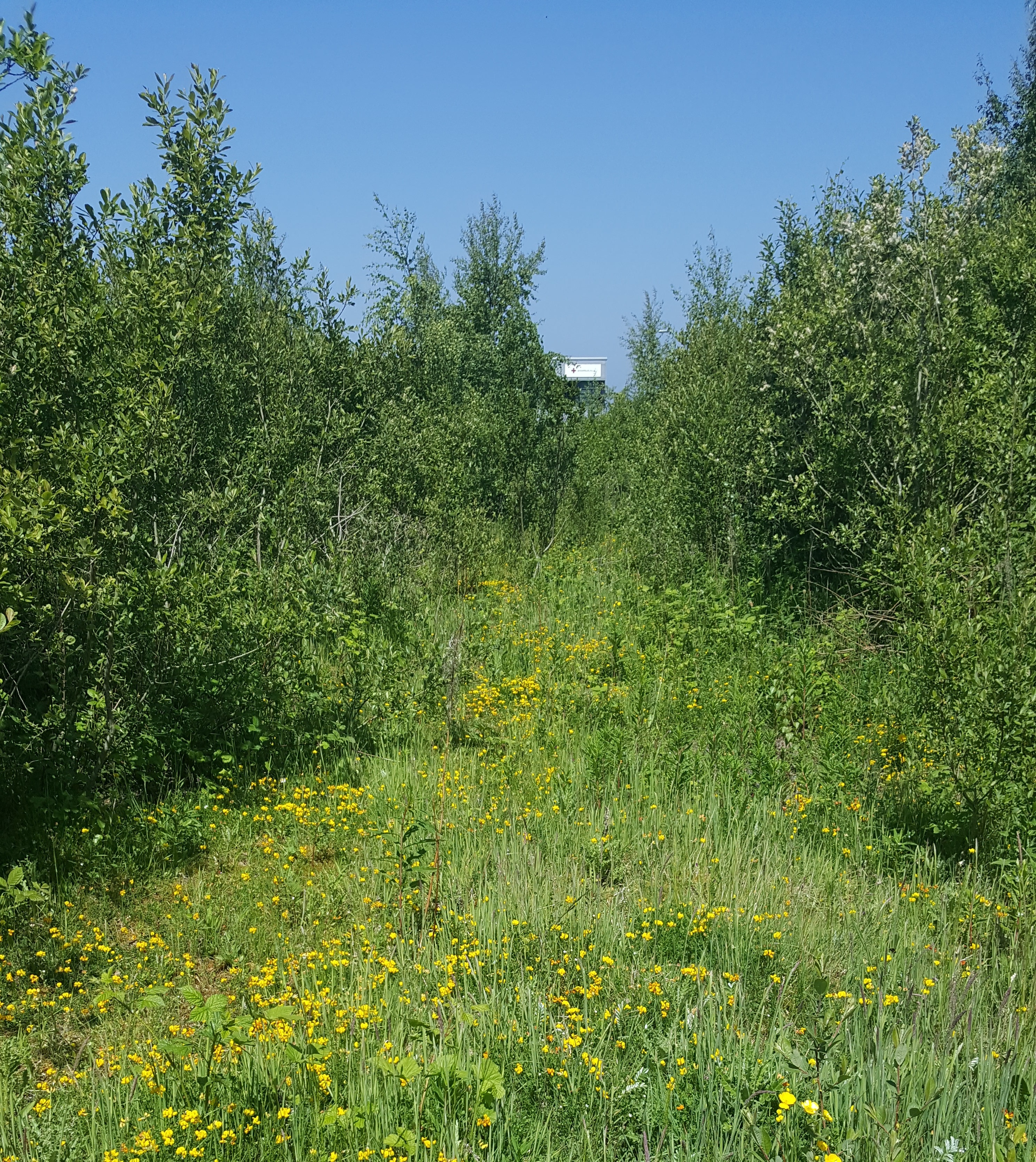
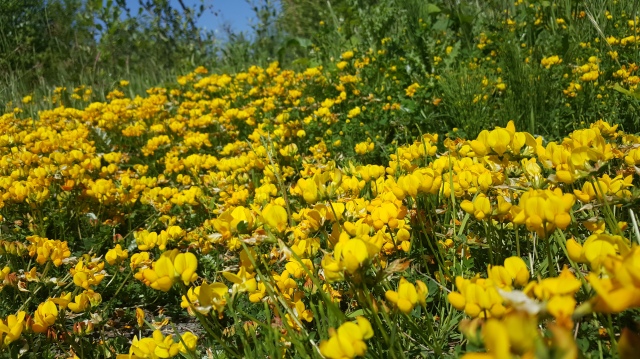
Birds foot trefoil carpeted the area underfoot as i delicately picked my way deeper into the site among the moths, butterflies and bees. As i looked around a rebellious pink glimpse stood out like a sore thumb in the melting pot of gold at my feet. Scarlet pimpernel, now recogniseable around the world as a result of the movement of people, looked up at me defiantly. Heedless or careless of the fact that it was gatecrashing the rave of yellow around it.
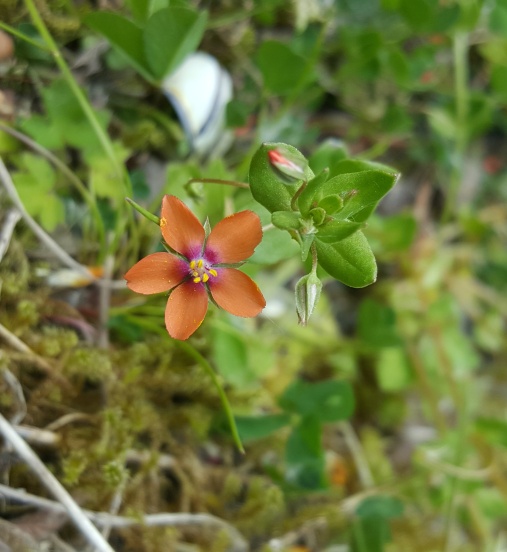
As I marveled at the life at my feet I watched a red tailed bumblebee tumble from a bird’s foot trefoil almost as if drunk on the nectar it was hunting for. I also spotted a common blue butterfly, a species that always give me great joy. First noticed from the bluish tinge on the wings and then finally confirmed on one of the few occasions it stayed still long enough to confirm the orange and brown undersides.
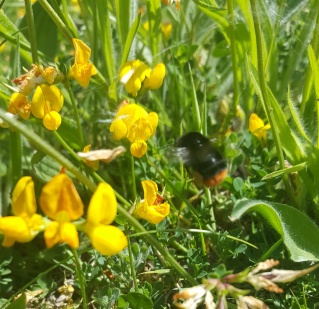
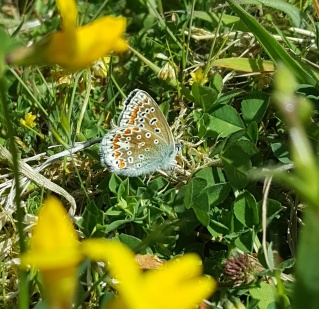
Finally as I was leaving the area I stumbled across something new. I’m no stranger to ladybird larvae however ladybird pupae have for whatever reason evaded me. I remember reading of a survey that wanted people to collect ladybird pupae to check whether they had parasites in them or not.
Certain parasitic wasps will use ladybirds to protect themselves from predators by turning its ladybird host into a bodyguard. The female wasp injects its egg into the ladybird, the larva will survive by eating the host’s internal tissues before breaking out through the abdomen. I’ve collected the larvae for monitoring and will let you know of it’s development. Aren’t we lucky we aren’t ladybirds!
I’ll let you know of it’s development!
Happy 30 days wilding!
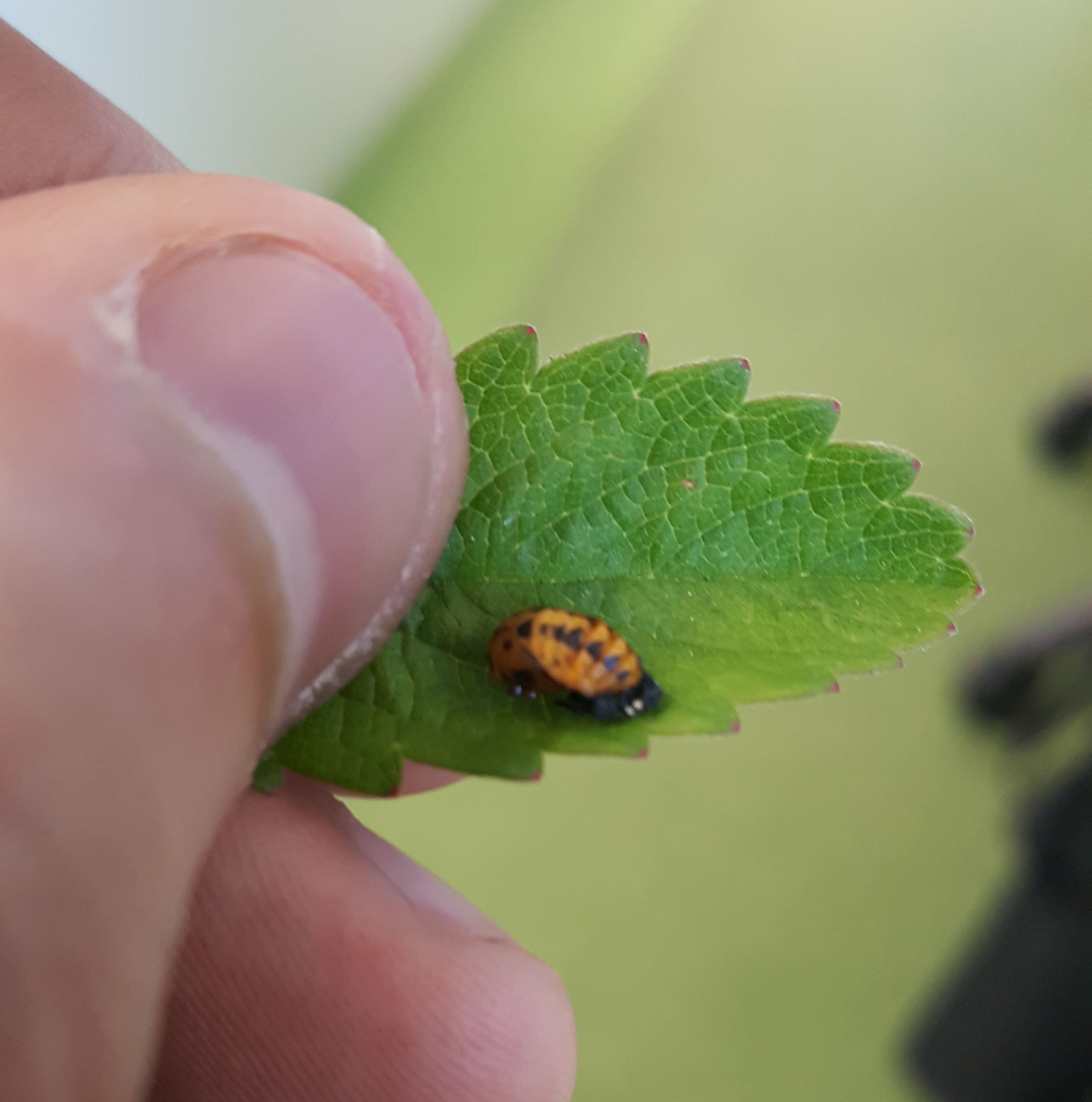
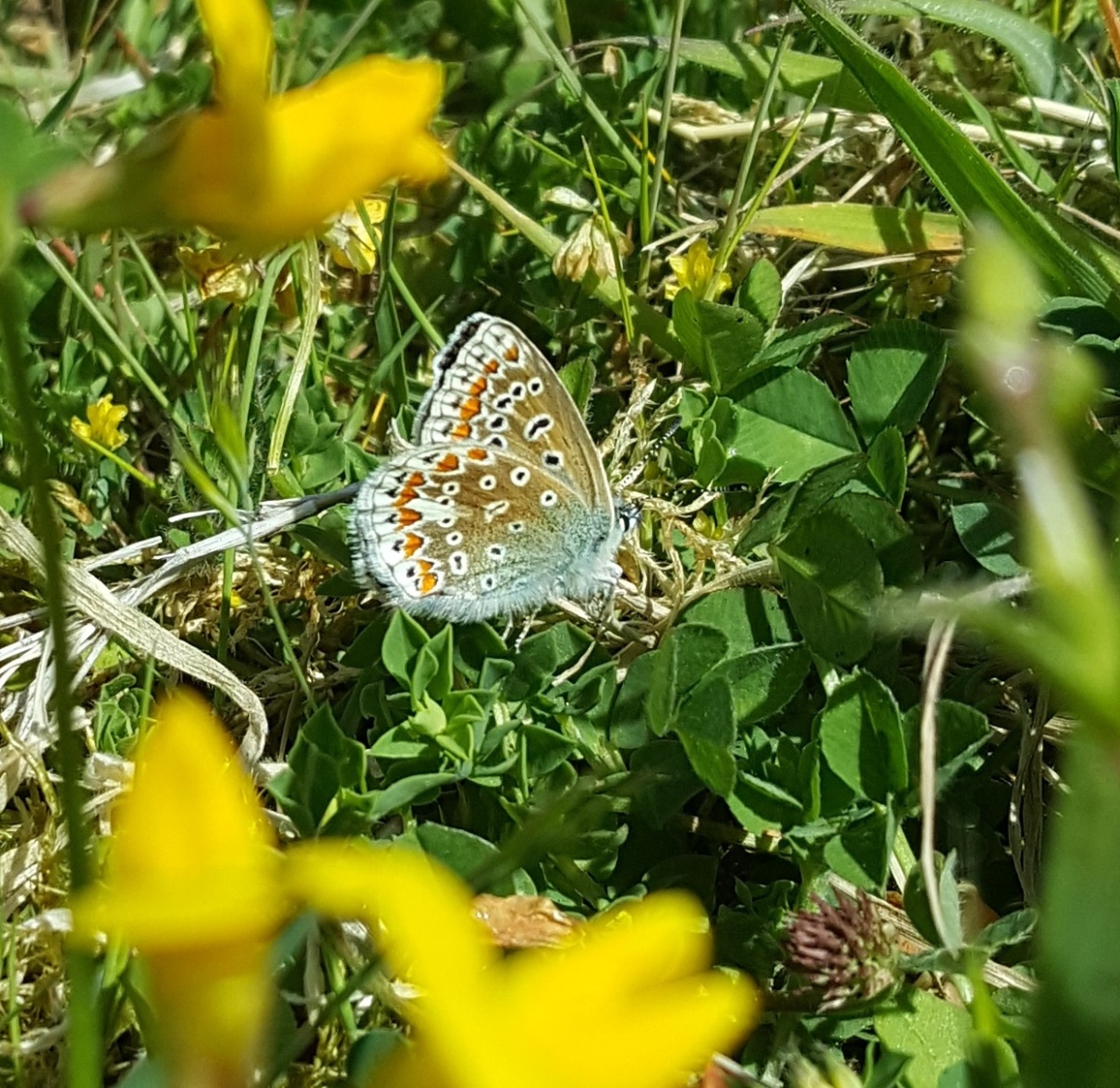

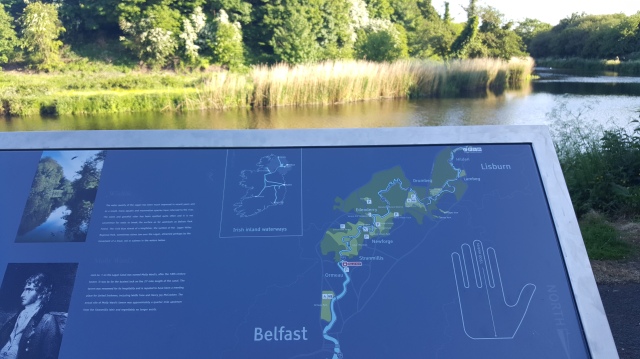 I started my “30 days wild” challenge courtesy of the Wildlife Trusts in the splendid serenity amongst the skylarks in Slievenacloy. Today I decided to keep it a lot closer to home and went to the beautiful Lagan Towpath. A 7 mile long greenway along the River Lagan that is used extensively by commuters, evening walkers, joggers, talkers lovers and of course kingfisher weary naturalists.
I started my “30 days wild” challenge courtesy of the Wildlife Trusts in the splendid serenity amongst the skylarks in Slievenacloy. Today I decided to keep it a lot closer to home and went to the beautiful Lagan Towpath. A 7 mile long greenway along the River Lagan that is used extensively by commuters, evening walkers, joggers, talkers lovers and of course kingfisher weary naturalists.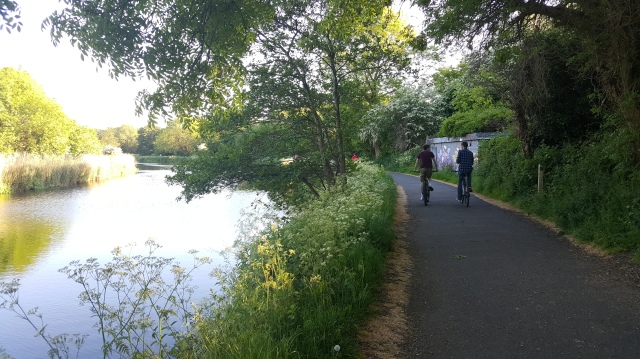
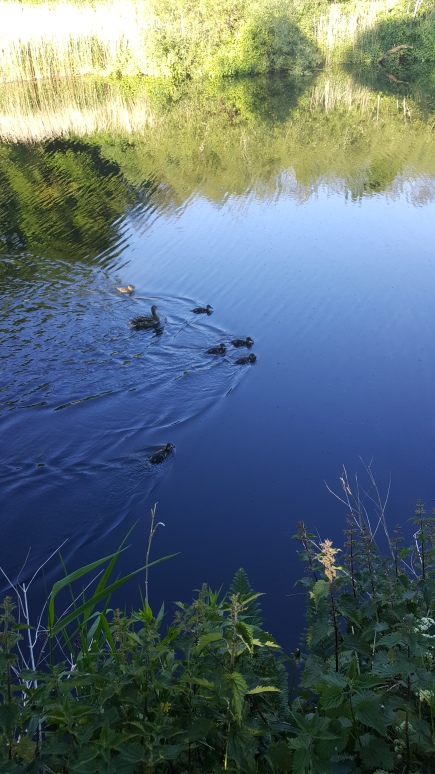
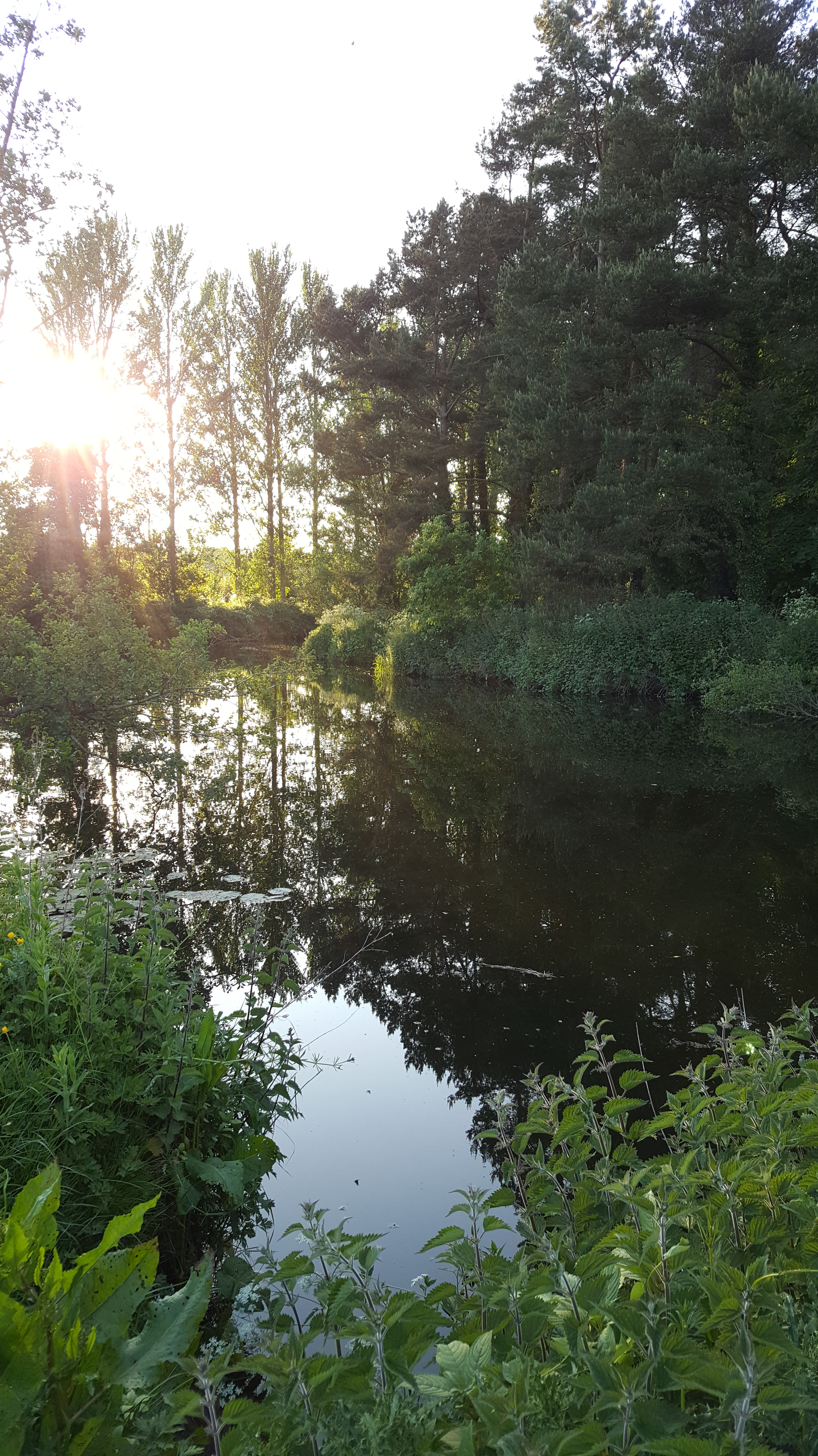
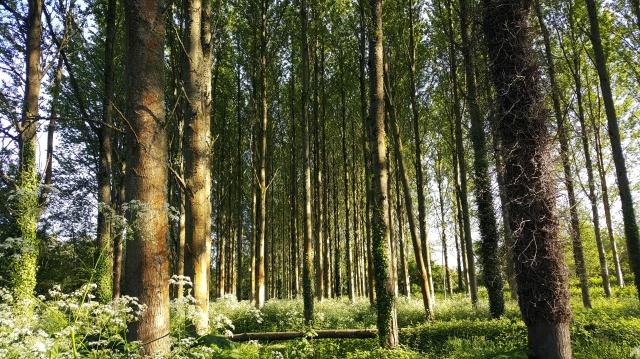
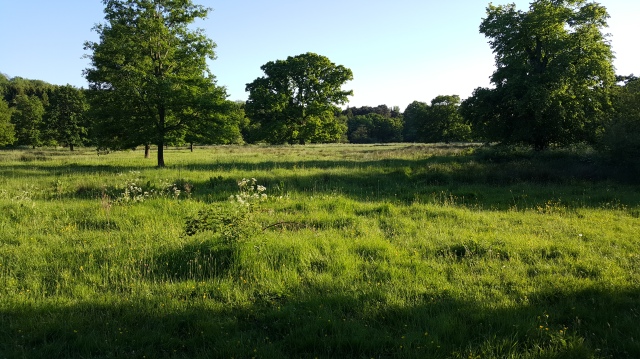
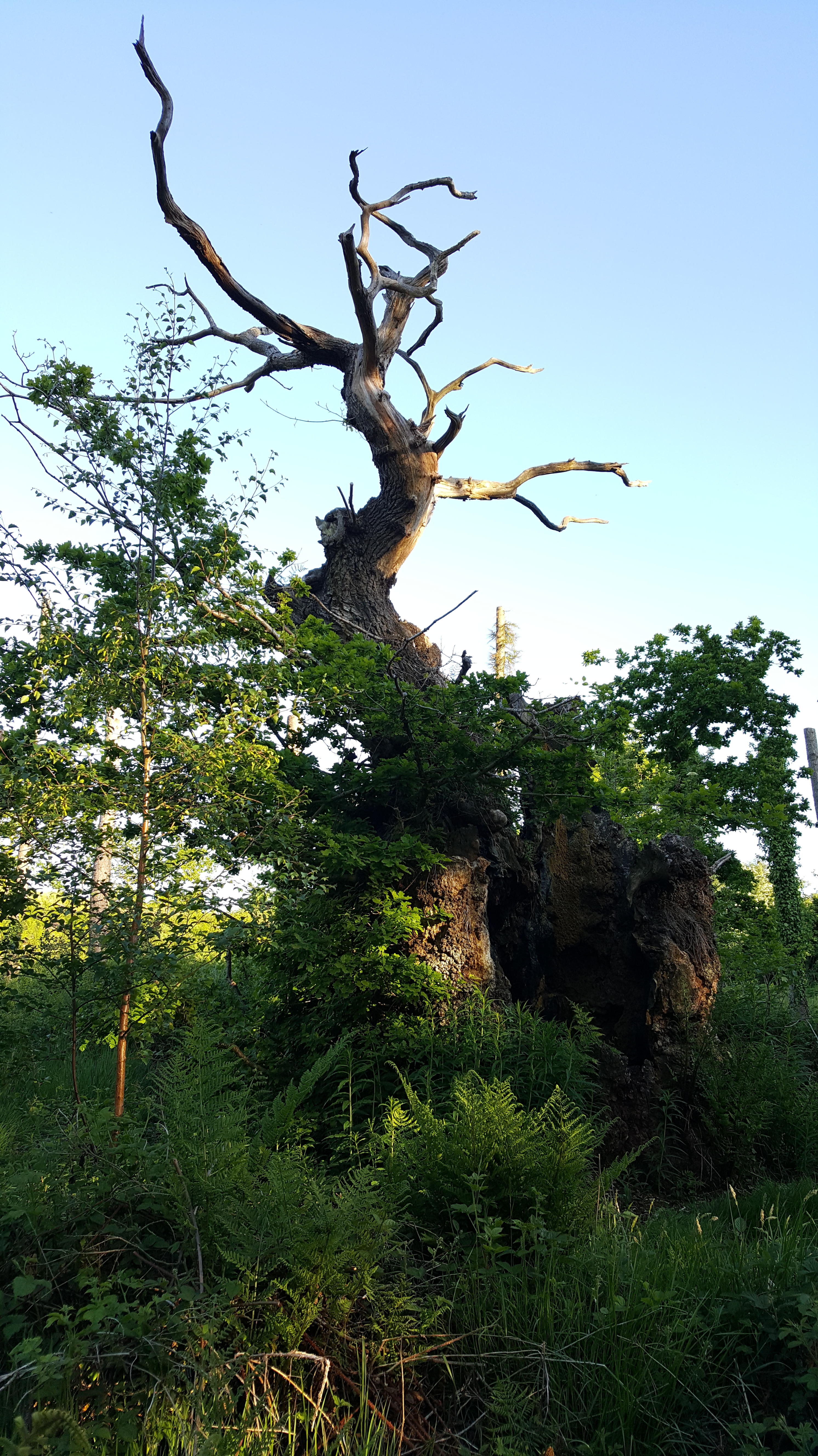
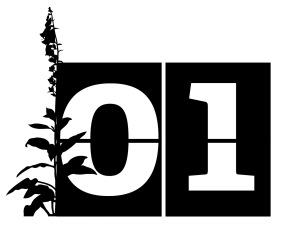
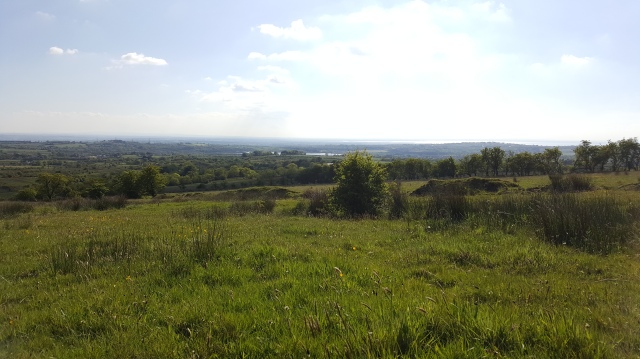
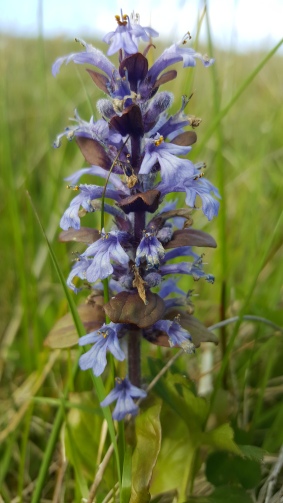
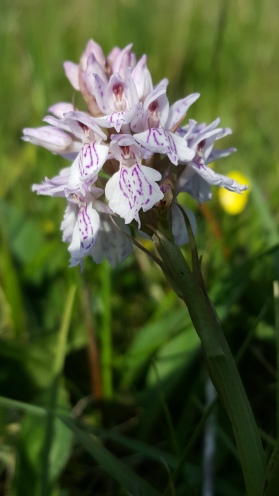
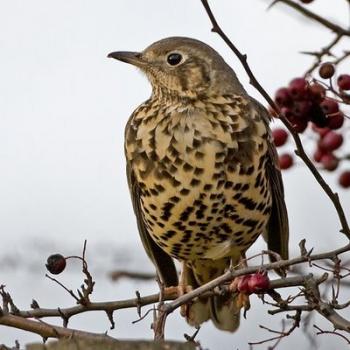
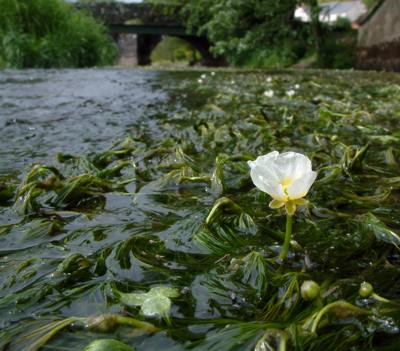 Increased storminess also leads to higher rainfall levels meaning that soil gets saturated and leads to more surface run-off. This causes more nutrients, organic matter and other pollutants to get washed into our rivers from farmland and our urban areas. Such high levels of run-off will lower water quality which can have significant impacts on species like the fresh water pearl mussel and river waters crowfoot ( which has only one site in N. Ireland in the sixmilewater!).
Increased storminess also leads to higher rainfall levels meaning that soil gets saturated and leads to more surface run-off. This causes more nutrients, organic matter and other pollutants to get washed into our rivers from farmland and our urban areas. Such high levels of run-off will lower water quality which can have significant impacts on species like the fresh water pearl mussel and river waters crowfoot ( which has only one site in N. Ireland in the sixmilewater!).